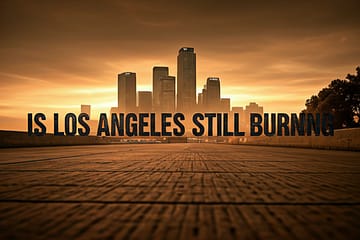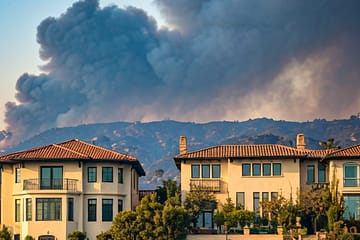Wildfires have caused unimaginable destruction throughout history, leaving behind stories of resilience and tragedy. Here are six of the most shocking moments in wildfire history:
- The Peshtigo Fire (1871)
The deadliest wildfire in U.S. history occurred in Peshtigo, Wisconsin, on October 8, 1871. The fire claimed over 1,200 lives and destroyed more than 1.2 million acres. Strangely, it happened on the same day as the Great Chicago Fire, overshadowing its tragic impact in the media.
- The Great Fire of 1910
This massive fire burned 3 million acres across northeastern Washington, northern Idaho, and western Montana. Known as the “Big Blowup,” it killed 87 people, most of them firefighters, and changed U.S. forest management forever.
- The Black Friday Bushfires (1939)
On January 13, 1939, Victoria, Australia, faced one of its worst natural disasters. The Black Friday bushfires destroyed 4.9 million acres, claimed 71 lives, and left thousands homeless. The scale of devastation led to major changes in Australian fire prevention policies.
- The Oakland Hills Firestorm (1991)
In October 1991, a fire in the Oakland Hills area of California destroyed over 3,000 homes and killed 25 people. The firestorm spread rapidly due to dry conditions and strong winds, resulting in losses estimated at $1.5 billion.
- The 2009 Black Saturday Fires
Australia’s worst bushfire disaster occurred in February 2009 in Victoria. These fires killed 173 people, injured hundreds, and destroyed over 2,000 homes. Extreme temperatures and strong winds fueled the flames, making it one of the most devastating wildfires globally.
- The Camp Fire (2018)
The Camp Fire in Paradise, California, became the deadliest and most destructive wildfire in California’s history. It killed 85 people, destroyed nearly 19,000 structures, and caused over $16.5 billion in damages. The fire’s speed and intensity were a stark reminder of the growing wildfire risks due to climate change.
Wildfires are a powerful force of nature, and these moments highlight the importance of preparedness and sustainable land management. They also serve as a sobering reminder of how quickly lives and communities can be affected.



0 Comments